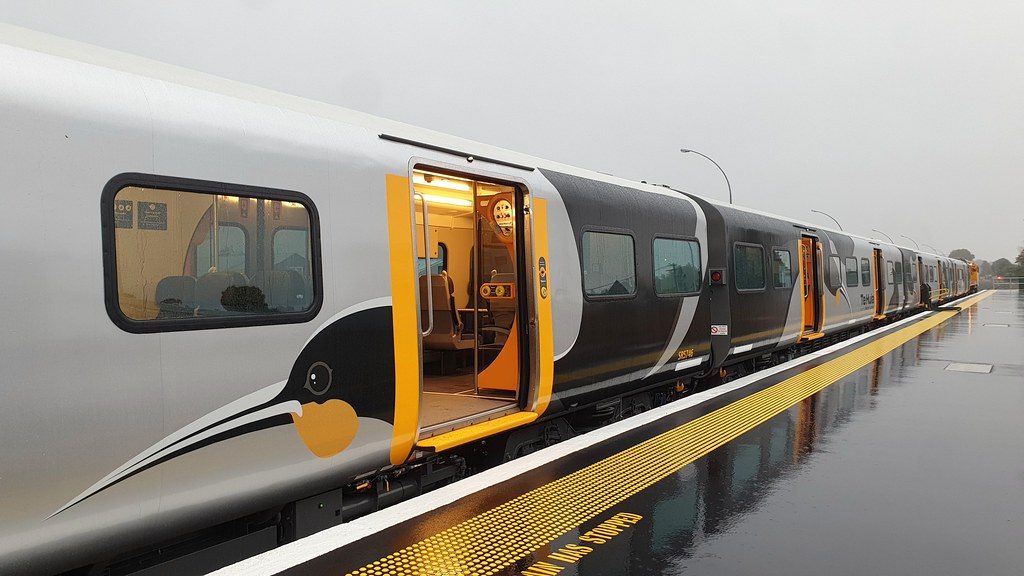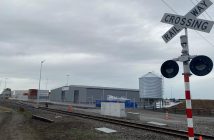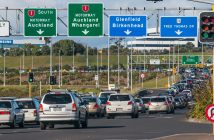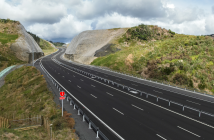A focus on the sustainable funding of any new passenger rail infrastructure, including its operation and ongoing maintenance, was discussed in Infrastructure New Zealand’s submission to an inquiry into the future of inter-regional passenger rail

Submissions closed recently for an inquiry opened by Parliament’s Transport and Infrastructure Select Committee.
Committee Chair Greg O’Connor says he had hoped interested New Zealanders would take the time to have their say and help them better understand inter-regional passenger rail and its future in New Zealand.
The Inquiry terms of reference were quite wide ranging as the Select Committee sought stakeholder and the public views on aspects such as:
- Passenger rail viability in underserved communities, especially where prior rail links have been disestablished, and those communities currently advocating for improved rail links;
- Viability of passenger rail sitting alongside KiwiRail’s freight network;
- Existing inter-regional passenger rail, such as the Capital Connection, and how these services work between local and regional councils and central government;
- Integration of regional rail into existing local public transport networks;
- Investigating the climate and emissions reductions possibilities of passenger rail, and how this links to VKT (vehicle kilometres travelled) reduction targets in the Emissions Reduction Plan.
As we have seen with recent protest action around Wellington with a group wanting to restore rail, there are many people passionate about rail.
In its submission, Infrastructure New Zealand is supportive of passenger rail as a mode which can contribute to our zero carbon emission goal.
However, the development of new inter-regional passenger rail services and supporting infrastructure needs to be considered as part of the wider planning for rail and the land transport system, in terms of the existing priorities, funding availability, and resource capacity.
It is important that these existing national and regional planning and prioritisation processes continue to be adhered to.
Infrastructure New Zealand believes that government should stick to its current priorities for rail, particularly focussing on ensuring that the mass transit systems in Auckland and Wellington can operate reliably and provide a zero-emission alternative for the huge numbers of current and future passengers.
It considers that there are clear urgent priorities now for New Zealand rail infrastructure and services focussing on the two metro operations in Auckland and Wellington which will take some time to fully address and bring the track infrastructure back up to an acceptable standard again.
A significant proportion of the value of rail is generated from urban areas where over 100 million passenger trips are taken annually on Auckland and Wellington Metro services.
Both the Auckland and Wellington Metro systems have significant upgrades underway after decades of neglect.
The recent announcements of the significant Auckland metro network closures in 2023 to undertake urgent essential work are a result of under investing in maintenance of the track and its foundations. This historical poor asset management is now resulting in significant work to modernise the rail network.
The other immediate focus should be ensuring the rest of New Zealand’s rail network is resilient and able to be used reliably to increase the amount of freight carried by train. Shifting increasing volumes of freight from road transport to rail will also significantly reduce our emissions.
Infrastructure New Zealand welcomes the investigation of key inter-regional rapid rail between Auckland and Hamilton and a possible extension to Tauranga already tasked to Te Manatū Waka / the Ministry of Transport and other partner agencies.
Inter-regional rail services are extremely expensive, not only in terms of initial capital, but ongoing services and maintenance costs. Infrastructure New Zealand considers it vital that other zero emission technologies and service alternatives are properly considered which could achieve the same, or better outcomes for the environment and for the communities being served.
However, inter-regional rail has the potential to play a larger role in our transport system where it is cost-effective. Infrastructure New Zealand recognises that existing inter-regional rail services, Te Huia and the Capital Connection, are not meeting customers’ travel needs, particularly outside the normal daily commutes.
Post-covid passenger travel patterns are different with much more remote working and less travel for face-to-face meetings in many sectors.
Traditional travel patterns are changing with more passenger demand for travel outside the commuting peaks and the need to provide travel solutions for a wider section of the population who are not travelling inter-regionally for a 9-5 job. These changing customer dynamics need to be assessed as part of any future services also.








